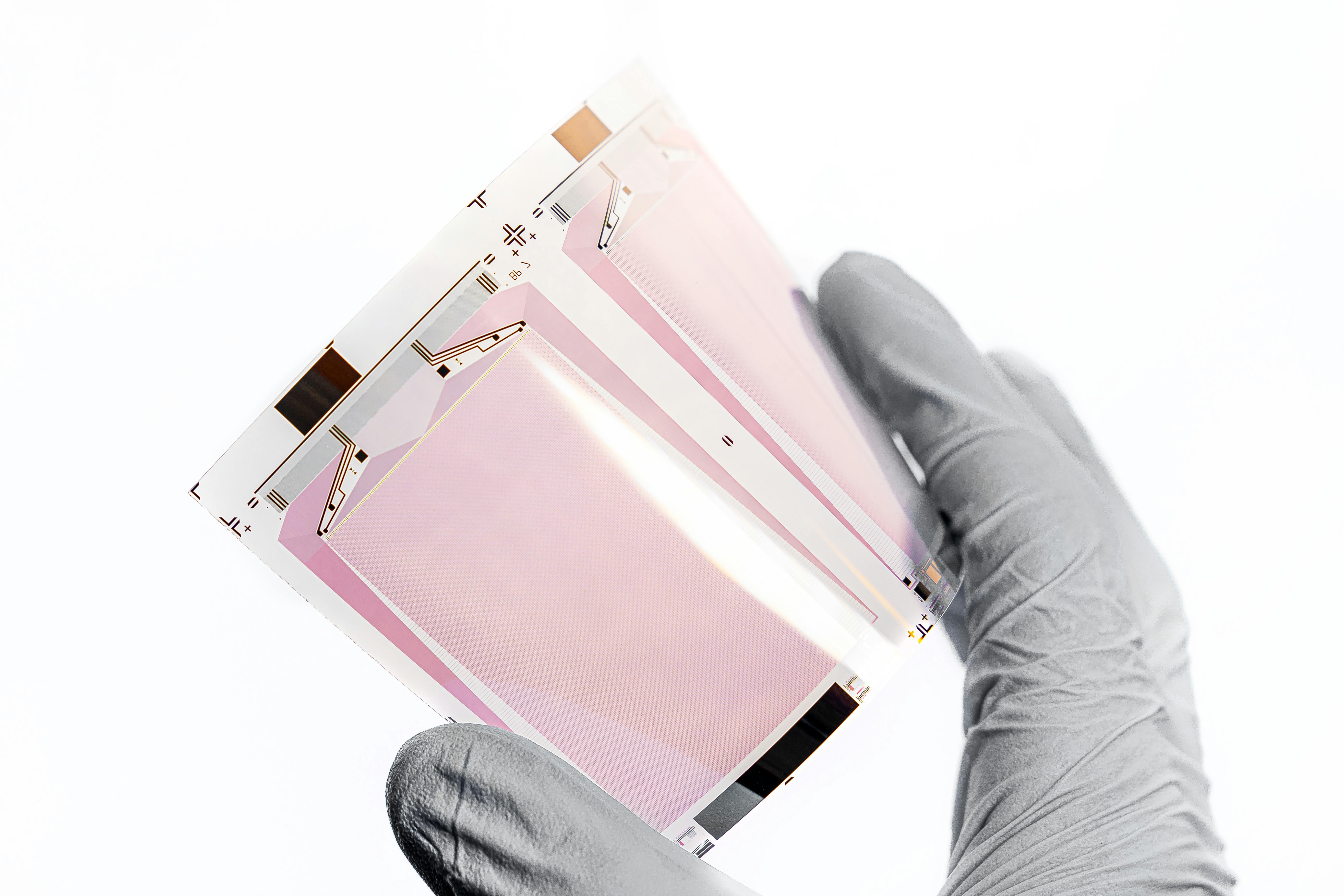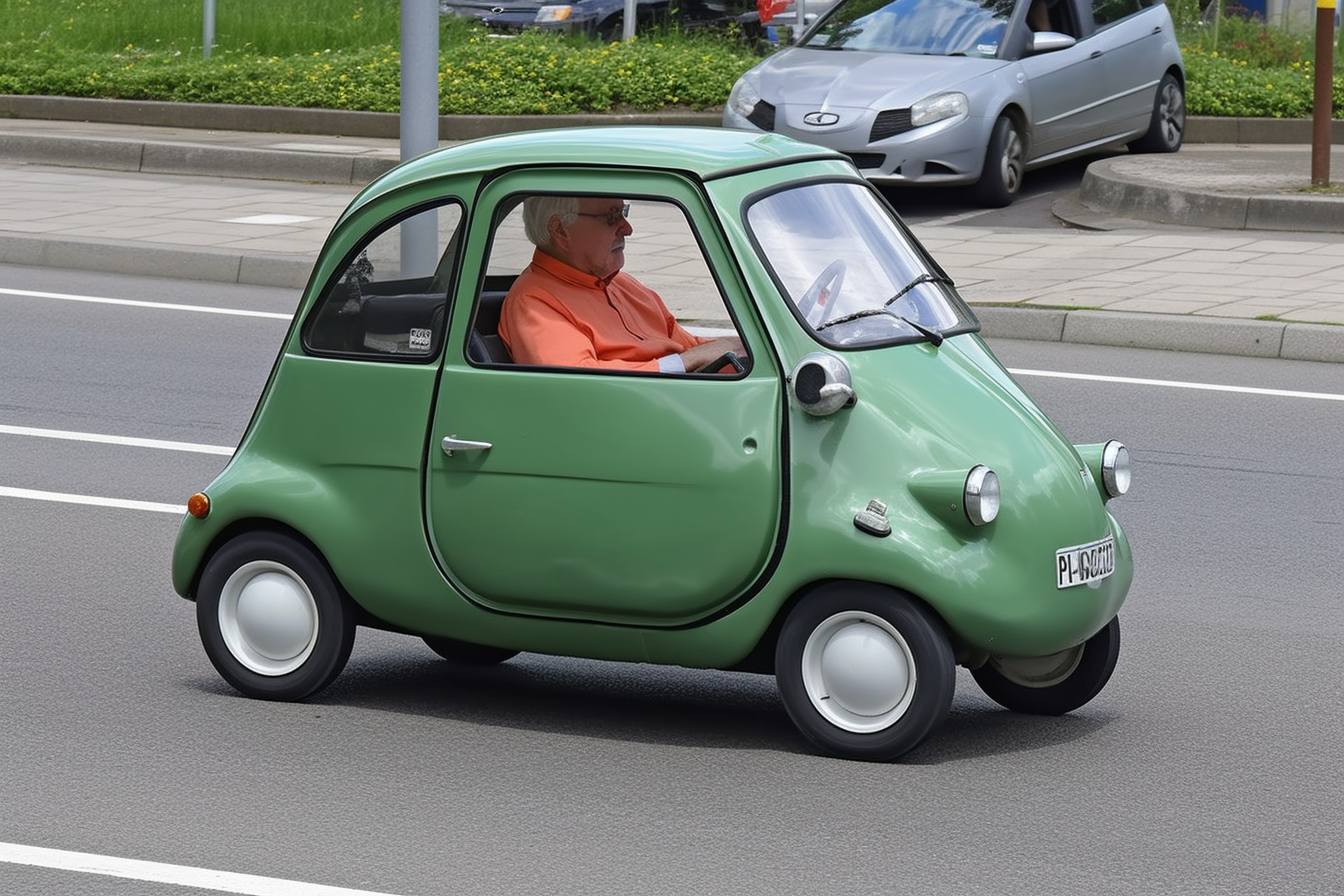The Dawn of Flexible Display Technology: How It's Changing the Tech Landscape
In an era where technology is constantly evolving, the search for more immersive and interactive experiences continues to drive innovation. Among these advancements, flexible display technology is rapidly making headlines. This emerging trend is redefining user interfaces and promising to transform various industries in unexpected ways.

A Historical Overview of Flexible Display Technology
Flexible display technology, also known as flex display, was once a concept relegated to the realm of science fiction. However, it has steadily transitioned into reality over the past decade. The journey began with e-paper displays in the early 2000s, which sought to mimic the appearance of ink on paper. These thin, flexible devices could retain an image without power, marking the inception of digital paper or electronic ink technology.
Over the years, the development of organic light-emitting diodes (OLEDs) and advancements in materials science led to the creation of flexible OLED displays. These displays were not only flexible but also thinner, lighter, and more energy-efficient than their predecessors.
Modern Developments in Flexible Display Technology
Today, flexible displays have evolved beyond mere proof of concept. They are now finding their way into a plethora of devices, from smartphones and tablets to wearables and televisions. Samsung’s Galaxy Fold and Royole’s FlexPai are notable examples of smartphones with foldable screens, demonstrating the potential of this technology.
Moreover, rollable and stretchable displays are also being developed, pushing the boundaries of what’s possible with screen technology. LG’s rollable TV, for instance, can be rolled up like a poster when not in use, offering a glimpse into the future of home entertainment.
The Potential Impact of Flexible Display Technology
The adoption of flexible display technology is poised to have far-reaching effects across multiple sectors. In the consumer electronics space, it enables the creation of more compact and versatile devices, offering improved portability without compromising screen size.
Meanwhile, in the automotive industry, it can be used to design curved displays that seamlessly blend into the car’s interior. Even the healthcare sector stands to benefit, with flexible displays being incorporated into wearable devices for real-time health monitoring.
As for the market impact, experts predict the global flexible display market to reach $15.1 billion by 2022, illustrating the tremendous growth potential of this technology.
The Challenges Ahead
Despite the exciting prospects, the path to widespread adoption of flexible display technology is fraught with challenges. These include technical issues related to durability and reliability, as well as high production costs. Moreover, the need for specialized materials and manufacturing processes further complicates matters.
However, as research and development continue, it’s only a matter of time before these hurdles are overcome. With tech giants like Samsung, LG, and Apple investing heavily in this space, the future of flexible display technology looks promising indeed.
Conclusion
In conclusion, flexible display technology is a game-changing innovation that’s set to redefine our interaction with electronic devices. From foldable smartphones to rollable TVs, this technology is unlocking new possibilities and paving the way for future advancements. Despite the challenges ahead, the potential benefits make this a trend worth watching.




